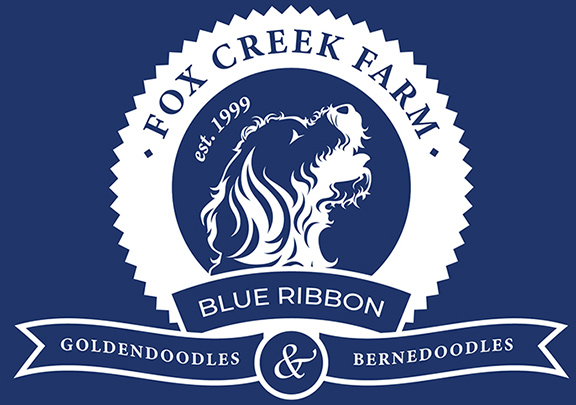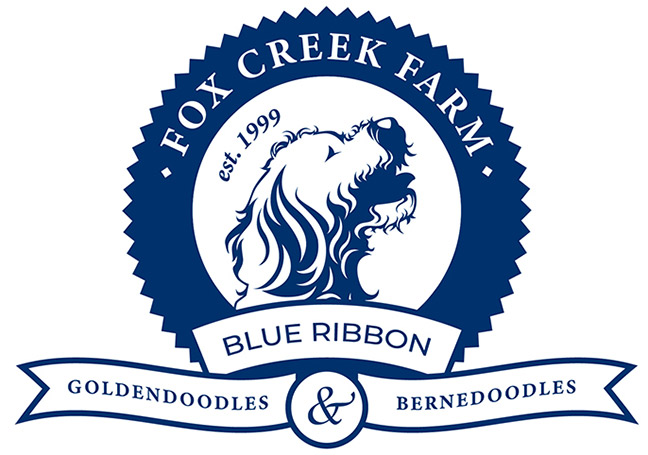Canine Good Citizen and Therapy Dog International Testing
The Canine Good Citizen (CGC) program was started in 1989 by the AKC. While not an AKC title per se, the CGC is a certification program that is designed to reward dogs who have good manners at home and in the community. The Canine Good Citizen Program stresses responsible pet ownership for owners and basic good manners for dogs. All dogs who pass the 10-step CGC test may receive a certificate from the American Kennel Club. Any breed, or mixed breed of any age may be tested for a CGC certification.
Therapy Dogs International, Inc. (TDI) was founded in 1976 by Elaine Smith, a registered nurse working in England, Smith observed the benefits of pets interacting with patients. She noticed how the patients reacted to the daily visits of the chaplain and his companion, a Golden Retriever. Upon returning to the United States, Smith was determined to bring the concept of pet therapy to health care facilities. Her ground breaking work developed into the Therapy Dog International (TDI) program.
Both CGC and TDI tests will be offered at the Mount Vernon Testing. These tests have many of the same components and can be completed in the same testing session. Dogs already possessing a CGC but wishing to obtain TDI certification must still complete all the exercises below at the Mount Vernon Dog Training Club session for TDI certification.
Generally, friendly and socialized dogs possessing basic obedience skills can achieve the CGC with only minimal brush-up work. The TDI certification requires steadiness and obedience in an environment that may include loud noises, wheel chairs, food in easy reach, and other significant distractions. The TDI test requires additional practice on these items even for most obedient and socialized dogs.
Requirements for AKC CGC and TDI Tests (TDI-specific requirements in italics)
1. ACCEPTING A FRIENDLY STRANGER
This test demonstrates that the dog will allow a friendly stranger to approach it and speak to the handler in a natural, everyday situation. The Evaluator and handler shake hands and exchange pleasantries. The dog must show no sign of resentment or shyness, and must not break position or try to go to the Evaluator.
2. SITTING POLITELY FOR PETTING
This test demonstrates that the dog will allow a friendly stranger to touch it while it is out with its handler. The dog should sit at the handler’s side as the Evaluator approaches and begins to pet the dog on the head and body only. The dog may stand in place to accept petting. The dog must not show shyness or resentment.
3. APPEARANCE AND GROOMING
This practical test demonstrates that the dog will welcome being groomed and examined and will permit a stranger, such as a veterinarian, groomer, or friend of the owner, to do so. It also demonstrates the owner’s care, concern and sense of responsibility. The Evaluator inspects the dog, then combs or brushes the dog, and lightly examines the ears and each front foot.
4. OUT FOR A WALK (WALKING ON A LOOSE LEASH)
This test demonstrates that the handler is in control of the dog. The dog can be on either side of the handler, whichever the handler prefers. There must be a left turn, a right turn and an about turn, with at least one stop in between and another at the end. The dog need not be perfectly aligned with the handler and need not sit when the handler stops.
5. WALKING THROUGH A CROWD
This test demonstrates that the dog can move about politely in pedestrian traffic and is under control in public places. The dog and handler walk around and pass close to several people (at least three). The dog may show some interest in the strangers, without appearing over exuberant, shy or resentful. The handler may talk to the dog and encourage or praise the dog throughout the test. The dog should not be straining at the leash.
6. SIT AND DOWN ON COMMAND/STAYING IN PLACE
This test demonstrates that the dog has training, will respond to the handler’s commands to sit and down, and will remain in the place commanded by the handler (sit or down position, whichever the handler prefers). The handler may take a reasonable amount of time and use more than one command to make the dog sit and then down. When instructed by the Evaluator, the handler tells the dog to stay and walks forward the length of a 20-foot line. The dog must remain in place, but may change position.
7. COMING WHEN CALLED
This test demonstrates that the dog will come when called by the handler. The handler will walk 10 feet from the dog, turn to face the dog, and call the dog. The handler may use encouragement to get the dog to come. Handlers may choose to tell the dog to “stay” or “wait,” or they may simply walk away, giving no instructions to the dog as the Evaluator provides mild distraction (e.g., petting).
8. REACTION TO ANOTHER DOG
This test demonstrates that the dog can behave politely around other dogs. Two handlers and their dogs approach each other from a distance of about 10 yards, stop, shake hands and exchange pleasantries, and continue on for about 5 yards. The dogs should show no more than a casual interest in each other.
9. REACTIONS TO DISTRACTIONS
This test demonstrates that the dog is confident at all times when faced with common distracting situations, such as the dropping of a large book or a jogger running in front of the dog. The dog may express a natural interest and curiosity and/or appear slightly startled, but should not panic, try to run away, show aggressiveness or bark.
10. REACTION TO MEDICAL EQUIPMENT
The dog should be tested around medical equipment (such as a wheelchair, crutches, cane, walker, or other devices which would ordinarily be found in a facility) to judge the dog’s reactions to common health care equipment. At the discretion of the Evaluator, this test may be included in any of the following portions of the test: 2,3,5 or 9.
11. LEAVE IT
The handler with the dog on a loose leash walks past food on the ground (placed within a distance of three feet) and, upon command, the dog should ignore the food.
12. ACCLIMATION TO INFIRMITIES
This test demonstrates the dog’s confidence when exposed to people walking with an uneven gait, shuffling, breathing heavily, coughing, wheezing or other distractions which may be encountered in a facility.
13. SUPERVISED SEPARATION
This test demonstrates that a dog can be left with a trusted person, if necessary, and will maintain its training and good manners. Evaluators are encouraged to say something like, “Would you like me to watch your dog?” and then take hold of the dog’s leash. The owner will go out of sight for three minutes. The dog does not have to stay in position but should not continually bark, whine, or pace unnecessarily, or show anything stronger than mild agitation or nervousness.
14. SAY HELLO
The TDI Certified Evaluator will test the willingness of each dog to visit a person and that the dog can be accessible for petting (i.e., small dogs can be placed on a person’s lap or can be held, medium and larger dogs can sit on a chair or stand close to the patient to be easily reached).
15. Reaction to Children
A child or children will be playing nearby during the testing. The evaluator will observe the dog’s reaction to the child(ren).
Other Information
Equipment
All tests must be performed on leash. Dogs should wear well-fitting buckle or slip collars made of leather, fabric, or chain. Special training collars such as pinch collars, head halters, etc. are not permitted in the CGC test.
TDI requires the use of a flat (e.g. buckle-type) collar or harness (slip collars not permitted)
The owner/handler may bring the dog’s brush or comb to the test.
Encouragement
Owners/handlers may use praise and encouragement throughout the test. The owner may pet the dog between exercises. Food and treats are not permitted during testing, nor is the use of toys, squeaky toys, etc. to get the dog to do something.
Failures – Dismissals
Any dog that eliminates during testing must be marked failed. The only exception to this rule is that elimination is allowable in test Item 13, but only when test Item 13 is held outdoors. Any dog that growls, snaps, bites, attacks, or attempts to attack a person or another dog is not a good citizen and must be dismissed from the test, even if the test has not yet started.
CGC – No minimum age for dogs or handlers.
TDI – Dogs must be a minimum of one year old to be tested. No minimum age for handlers, but handlers under 18 must be accompanied by an adult on visitations and the registration form must be signed by a parent or legal guardian.



